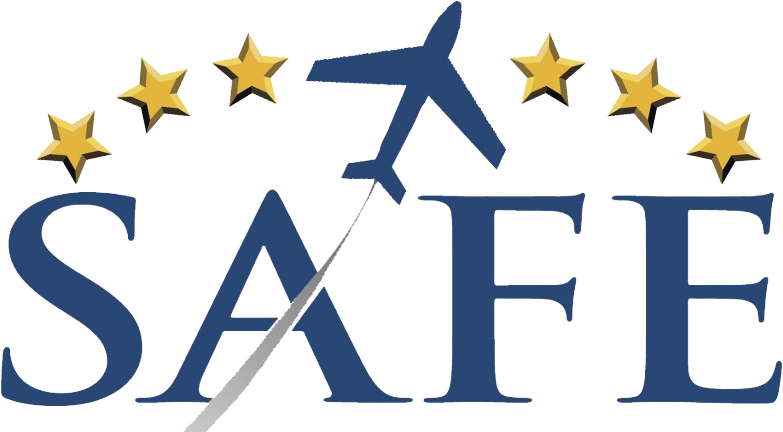For Immediate Release
September 22, 2010
Contact: Tammy Jones or Paul Takemoto
Phone: (202) 267-3883
WASHINGTON — The Federal Aviation Administration (FAA) today announced a safety program that for the first time will integrate voluntary safety information self-reported by pilots and air traffic controllers. This data-sharing program will give the FAA a more complete picture of the national airspace system by collecting, assessing and reviewing safety events from the perspective of both pilots and air traffic controllers.
United Airlines and its pilots have the first agreement in place to participate in a demonstration program. The FAA expects to sign similar agreements with other carriers in the future.
“Safety is our number-one priority,” said U.S. Transportation Secretary Ray LaHood. Having pilots and controllers provide information abut potential air safety problems will help us correct them before they become accidents.”
“This revolutionary program will give us an incredible amount of data that will help us find problems, make corrections and avoid incidents,” said FAA Administrator Randy Babbitt. “I applaud air traffic controllers, pilots and airlines for their dedication to keeping our aviation system as safe as possible.”
For the first time, information from the Aviation Safety Action Program (ASAP) and the Air Traffic Safety Action Program (ATSAP) will be merged, so input from both pilots and controllers can help guide safety decisions. The program will develop processes and policies to share and analyze relevant safety information in a non-punitive way, consistent with the basic principles of Safety Management Systems. These systems are widely used within the FAA and the aviation industry.
ASAP encourages aviation employees to voluntarily report safety information that may help identify potential precursors to accidents. The ASAP process resolves safety issues through corrective action rather than through punishment or discipline. Each program is based on a safety partnership that includes the FAA and the aviation operator, and usually includes a third party, such as the reporting employee’s labor organization. In today’s agreement, the airline’s labor organization is the United chapter of the Air Line Pilots Association (ALPA). Today, 73 air carriers have 169 ASAP programs for pilots, mechanics, flight attendants, and dispatchers.
ATSAP is an agreement between the FAA and the National Air Traffic Controllers Association (NATCA) that is designed to foster a voluntary, cooperative, non-punitive environment for FAA air traffic employees to openly report safety concerns As a result of ATSAP, all parties have access to valuable safety information that otherwise might never have been discovered or reported. The FAA analyzes the information to develop skill enhancements or system corrective actions that will help solve safety problems.
Voluntary reporting programs have significantly contributed to the nation’s impressive aviation safety record, including improvements to training and enhanced operations and maintenance procedures.
